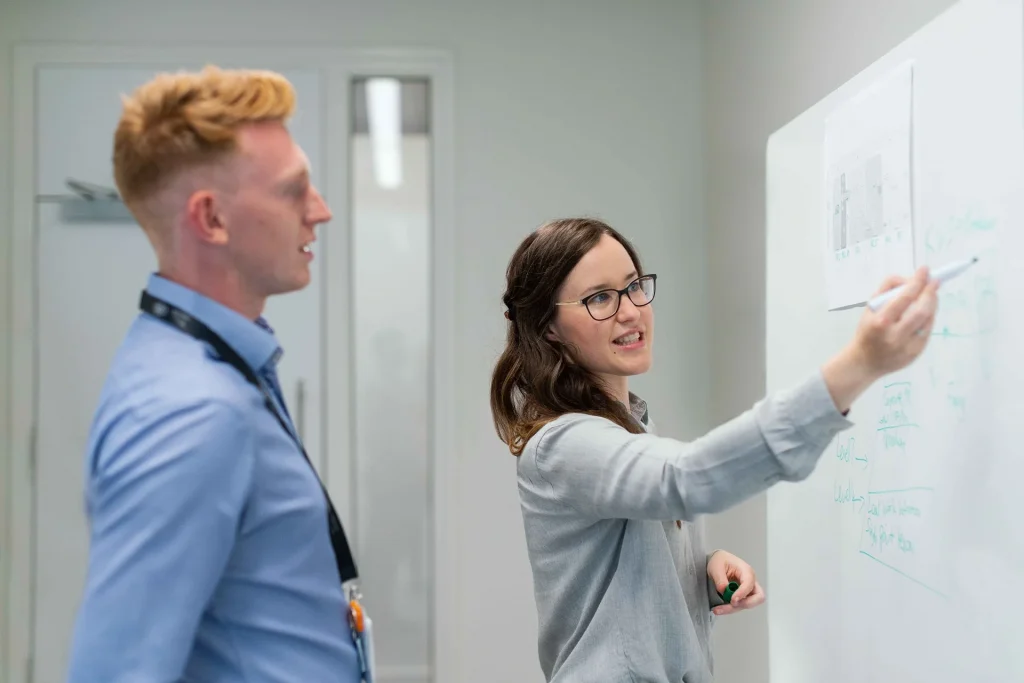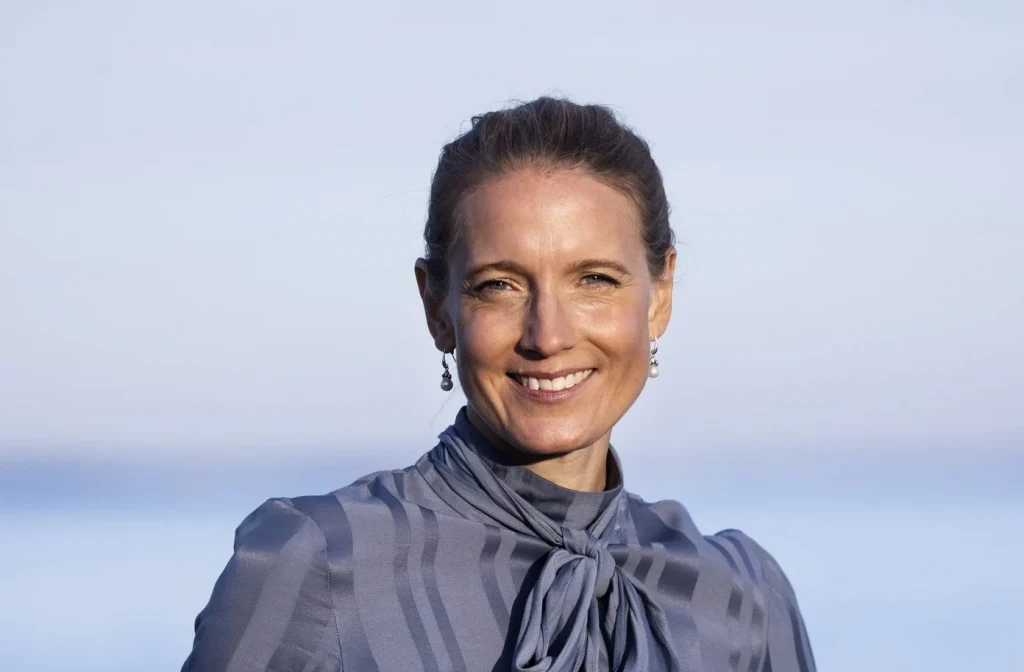
Share This Post
In this article, I will delve into what team dynamics are, why they are important, and how you can optimize them to create a more harmonious, satisfied, and productive team.
Working in a team is an integral part of most work situations in the modern workplace. Your ability as a leader to understand and manage team dynamics is crucial for achieving successful results together.
What does Team Dynamics mean?
If you were to place a group of people on a deserted island, it wouldn’t take long before dynamics emerge within the team. These dynamics are context-dependent, meaning they depend on where the team is located, what the common goal is, and the pressure they are under. It’s fascinating, which is why many people tune in when shows like “Robinson” can be streamed. In terms of a specific definition, team dynamics refer to the interactions, relationships, and processes that occur when a group of people collaborates to achieve a common goal. Dynamics can vary greatly from group to group and significantly impact both the outcome of the collaboration and the well-being of team members. Healthy team dynamics depend primarily on these four factors:
Cohesion: Team members’ sense of cohesion and connection to the team is crucial. When people feel connected to each other, they are more likely to work together and support each other, leading to better results. In fact, teams with good dynamics and strong collaboration are physically closer to each other. For example, Daniel Coyle, a specialist in team dynamics who has worked with Navy Seals, points out that team members sit closer together, give each other appreciative pats on the back, and often exchange hugs.
Communication: Effective communication is one of the cornerstones of good team dynamics. It involves actively listening to others, expressing oneself clearly and openly, and ensuring that information is shared effectively within the group. For instance, team members openly share their weaknesses so that they can support each other better.
Conflict management: Conflicts are inevitable when collaborating, but it’s essential to handle them constructively. Skillful conflict management can strengthen the team, allowing everyone to learn from disagreements and find solutions together. This is what I refer to as constructive friction. Constructive friction means that there should be disagreements within a team before it is considered high-performing. In other words, everyone should feel comfortable expressing their opinions on a task, even if it goes against the majority.
Roles and Responsibilities: Clear roles and responsibilities help prevent confusion, duplication of work, and misunderstandings. When everyone in a team knows what is expected of them, they can work more efficiently together. Regularly aligning expectations with the common goal is beneficial.
Why Are Team Dynamics Important?
Perhaps you’ve worked in a dysfunctional team yourself? If so, you’ve experienced firsthand why team dynamics are essential for healthy and effective collaboration. Without healthy team dynamics, productivity decreases, and overall well-being often leads to high stress levels. Team dynamics significantly affect the performance and well-being of workgroups. Therefore, it is crucial for leaders to focus on them. I will briefly provide you with five things to focus on in your team.
Would you like the newest knowledge and inspiration sent directly to you?
Then subscribe to our monthly newsletter
How to Optimize Team Dynamics
We can all agree that team dynamics are important, so the question is how you can optimize them. Here are my five pieces of advice:
- Build Trust: Trust forms the foundation of good team dynamics. Without trust in a team, it will be challenging to uphold the other factors. Personal cohesion is essential—getting to know each other personally and understanding each other’s different personalities. A practical initiative could be to spend 10 minutes in a weekly meeting on a personal check-in, where one team member shares about themselves for 5 minutes, followed by 5 minutes of informal chat and questions.
- Promote Open Communication: Create an environment where members feel safe to share thoughts and concerns. Lead by example, encourage active listening, and show respect for different viewpoints. If you are interested in the method of active listening, feel free to reach out to hello@josefinecampbell.com.
- Clear Goals and Roles: Ensure that everyone in the group understands your common goals and their roles in achieving them. This reduces confusion, misunderstandings, and unnecessary conflicts.
- Conflict Management Training: Train the team in handling conflicts constructively and finding solutions that benefit the team.
- Celebrate Successes: Recognize and celebrate the team’s achievements, no matter how small they may be. This strengthens cohesion and motivation.
In the end, it’s essential to understand that team dynamics are an ongoing process. They develop over time and require continuous effort to maintain healthy relationships and effective collaboration. Good team dynamics are a vital key to success. By investing time and energy in understanding and optimizing these dynamics, you can achieve higher productivity and a more satisfying and meaningful work life for yourself and your colleagues.
Maybe you should consider coaching – helping to deal with the real challenges you face about team dynamics or something else. Reach out here or take a closer look at either myself or Josefine as a coach.
And remember that we help people in multinational companies to handle challenges in a meaningful way and take business to the next level. If you would like to be updated with new articles and videos, sign up for our mailing list. Your mail is not shared with anyone and there are advantages to being on the list e.g., getting a mini course in your personal leadership.












